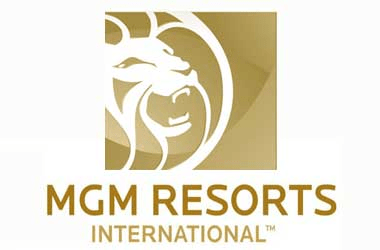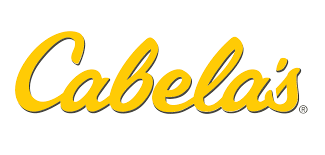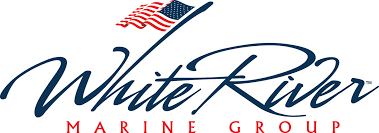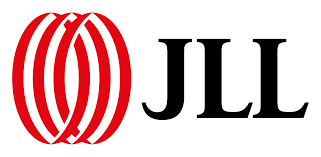 It was Benjamin Franklin who famously said “An ounce of prevention is worth a pound of cure.” This is especially true when it comes to safety in the janitorial industry. Workers regularly handle harsh chemicals and are exposed to a variety of on-the-job hazards – from walking on wet floors to standing on ladders to carrying heavy tools and equipment. The Occupational Safety and Health Act (OSHA) of 1970 requires employers to provide a safe working environment, but taking steps to prevent accidents before they happen isn’t just about the law. It’s the right thing to do for your employees and for growing your business.
It was Benjamin Franklin who famously said “An ounce of prevention is worth a pound of cure.” This is especially true when it comes to safety in the janitorial industry. Workers regularly handle harsh chemicals and are exposed to a variety of on-the-job hazards – from walking on wet floors to standing on ladders to carrying heavy tools and equipment. The Occupational Safety and Health Act (OSHA) of 1970 requires employers to provide a safe working environment, but taking steps to prevent accidents before they happen isn’t just about the law. It’s the right thing to do for your employees and for growing your business.
Tell me and I forget. Teach me and I remember. Involve me and I learn.
~ Benjamin Franklin
Safety training
According to studies, more than half of janitorial workers’ compensation injury claims (54.9%) are filed by janitors who have been on the job for less than one year. Safety training is critical at the start of employment to help employees know how to recognize and avoid hazards, establish lines of communication and to let employees know that their safety is important to your organization. Following up with regular trainings is important for keeping employees informed and safe.
A penny saved, is a penny earned.
~ Benjamin Franklin
Safety Pays
The cost of workers’ compensation for the janitorial industry has skyrocketed in recent years. For every dollar spent on direct costs resulting from a worker’s injury or illness (medical expenses and lost wages), it’s estimated than an employer can spend as much as 17 times more in indirect costs, including loss of productivity, overtime expenses for workers who must fill in, fines for violations, attorney’s fees, increased worker’s compensation rates and loss of morale. Research conducted by OSHA showed that organizations who establish employee safety programs are able to reduce costs related to injury and workplace illness costs by 20-40%. Investing in employee safety can increase productivity, reduce lost time, lower employee turnover rates, improve customer service and increase profitability.
“Either write something worth reading or do something worth writing.”
― Benjamin Franklin
Communication
Recent changes to OSHA’s Hazard Communication Standards means that chemical manufacturers and importers must now provide a working label that includes a signal word, pictogram, hazard and precautionary statements for each hazard class and category. It’s important that language is not a barrier to understanding. Safety sheets and instructional materials also need to include pictograms and alternate language versions as needed. In addition to training materials, everyone in the organization should be made to feel that they have a role to play in developing protocols and creating best practice procedures. Keeping the lines of communication open at all levels will help employees communicate what’s working and what’s not to keep everyone in the organization healthy and safe. Check out this great video from ISSA, featuring OHSA Outreach Trainer John Poole, Jr., Master REH, RBSM, ASHM, I.C.E
































